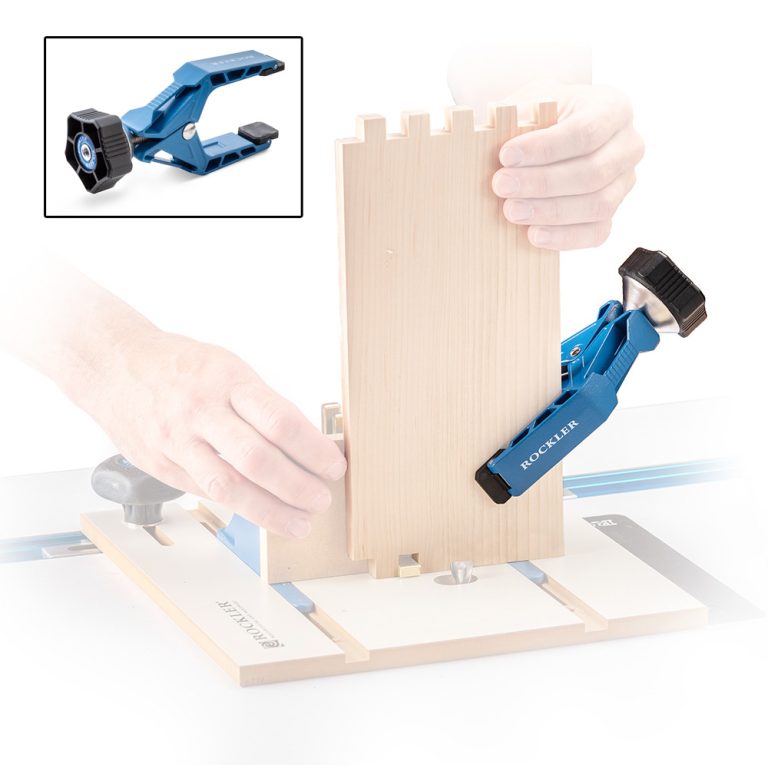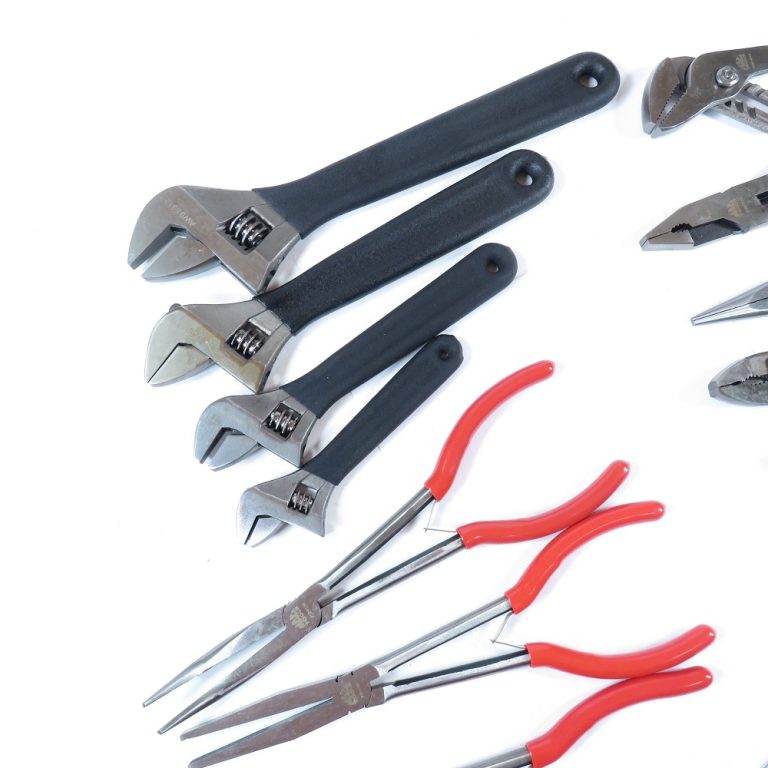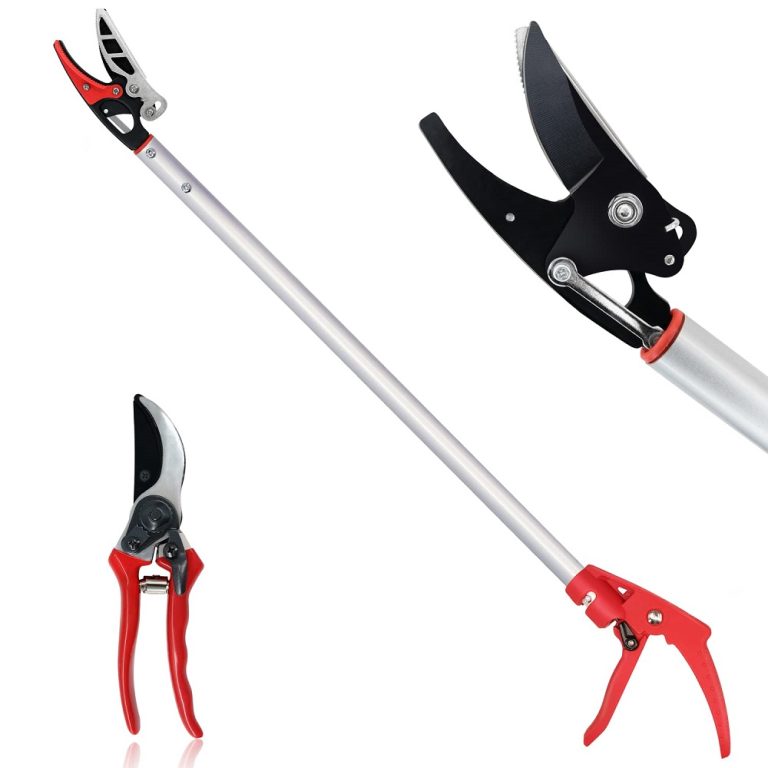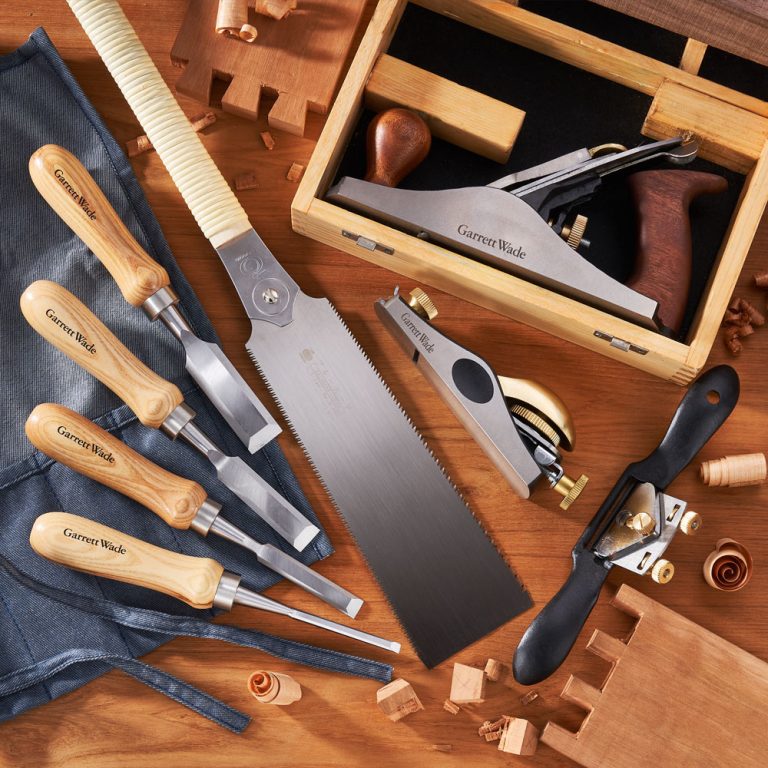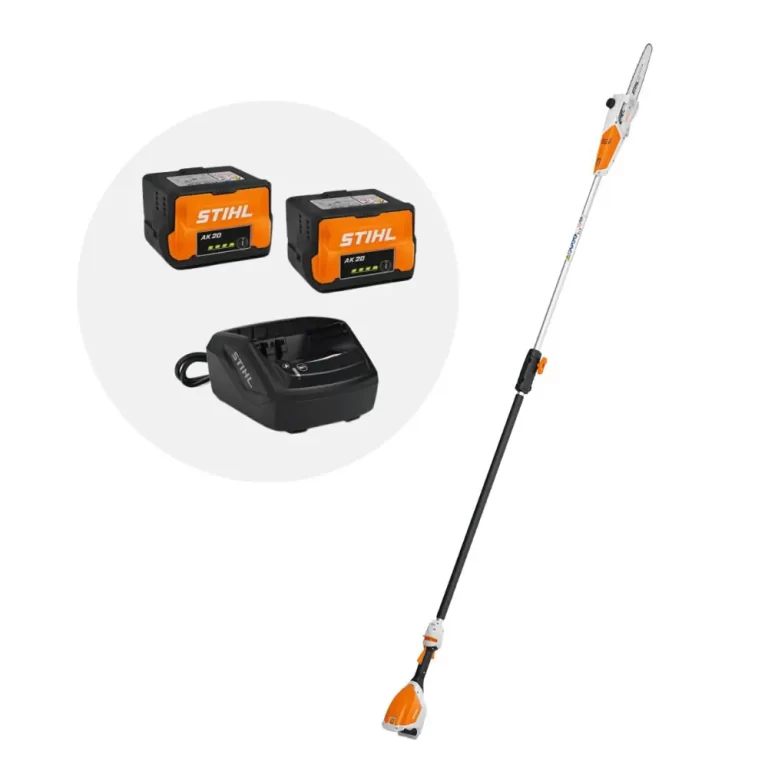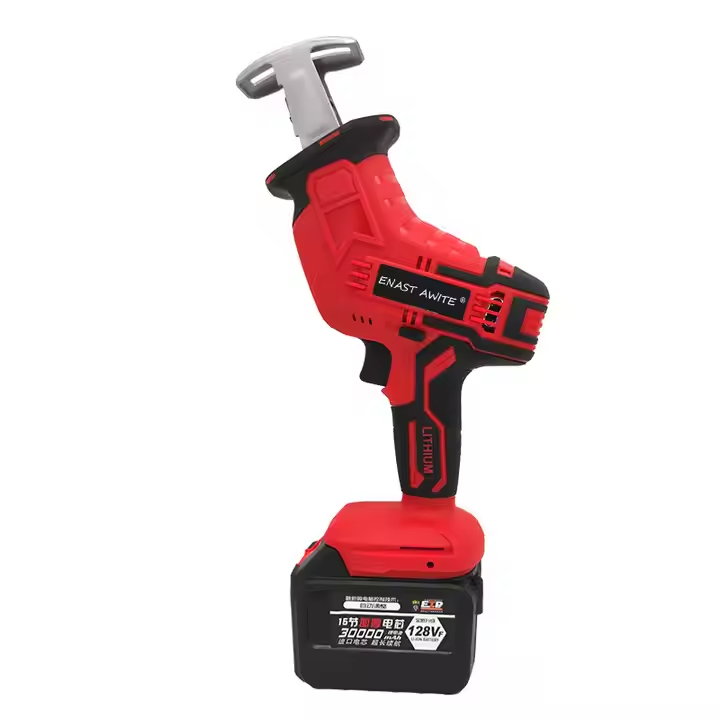Origins of the Medical Chainsaw
The medical chainsaw first emerged for a surprising use: childbirth. In the 18th century, Scottish doctors sought a more efficient way to manage difficult labor. Before the days of safe cesarean sections, a procedure known as symphysiotomy was common. The medical chainsaw was invented to swiftly cut through pelvic bone, easing obstructed labor. Why were chain saws invented? This innovation, though grim by today’s standards, represented a significant medical advancement for its time.
Early Use in Childbirth Procedures
Childbirth once posed high risks to both mother and child, especially during complicated labor. The hand-cranked chainsaw device invented by Scottish doctors aimed to alleviate these dangers. Why were chain saws invented?It allowed for a safer and swifter intervention during symphysiotomies when compared to previous methods.
Transition from Symphysiotomy to Modern Medical Instruments
As medical science progressed, the chainsaw’s role in childbirth diminished. New practices and instruments took its place. Antibiotics, anesthesia, and improved hygiene led to the rise of safer cesarean sections. The medical chainsaw, as a result, transitioned from obstetrics to other surgical areas and eventually found its place in logging and forestry, marking an end to its use in childbirth.
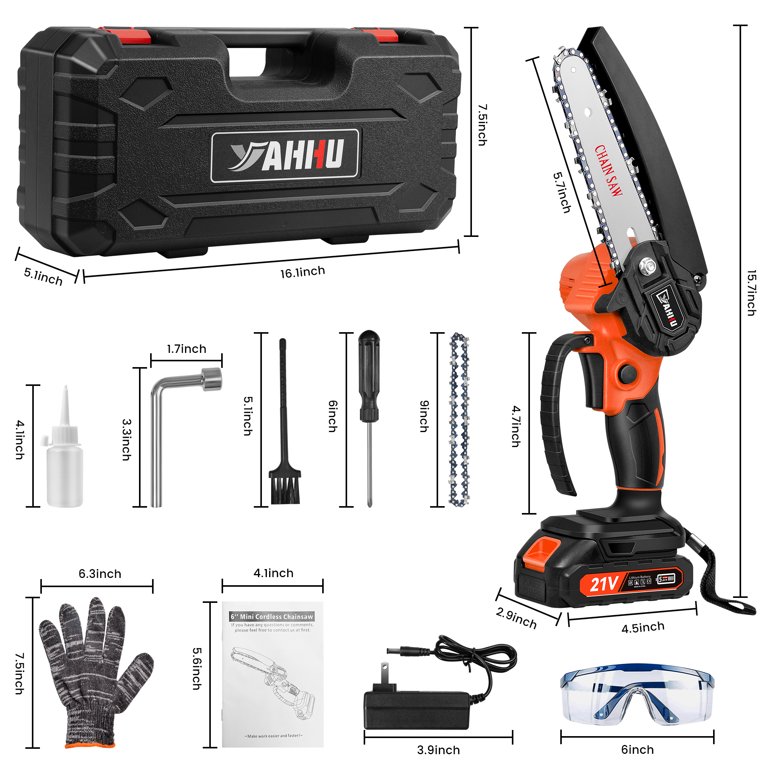
Developments of the Chainsaw in Obstetrics
The chain saw, now a common forestry tool, began as a crucial medical instrument. Why were chain saws invented?In obstetrics, early chainsaws aimed to make childbirth safer and faster. Why were chain saws invented? This section explores how the chainsaw evolved within medical practice, centering on key innovators and their groundbreaking modifications.
John Aitken and James Jeffray’s Innovations
In the late 18th century, two Scottish doctors, John Aitken and James Jeffray, redefined childbirth procedures. Their hand-cranked chainsaw cut through pelvic bone with ease. This chain saw inventions offered a quicker symphysiotomy and saved many lives during obstructed labors.
Improvements by Bernhard Heine and the Introduction of the Osteotome
German physician Bernhard Heine later enhanced chainsaw design. In 1830, he introduced the osteotome. This device allowed surgeons to precisely cut bone with minimal damage to other tissues. While it first improved childbirth practices, the osteotome later made major contributions to various surgical fields.
Evolution of the Chainsaw Design
The design of chainsaws has evolved significantly since their medical inception. From primitive hand-cranked tools to powerful motorized machinery, the advancements in design have been driven both by medical need and later by logging demands.
From Hand-Cranked to Motorized Versions
Initially, chainsaws required a hand-crank mechanism. Why were chain saws invented?Doctors operated them manually to perform intricate surgeries. Over time, engineers introduced motorized versions. These new designs boosted efficiency and enabled broader surgical applications. They also laid the groundwork for wider use outside the medical field.
Early Logging Tools Shaped by Medical Necessity
The chainsaw’s entry into the logging industry was unexpected. Initially crafted to aid in difficult childbirth, the technology was quickly recognized for its potential in timber cutting. Early logging chainsaws were adaptations of their medical counterparts, transformed to tackle wood instead of bone. As patent records show, these adaptations led to the creation of specialized cutting machines for forestry.
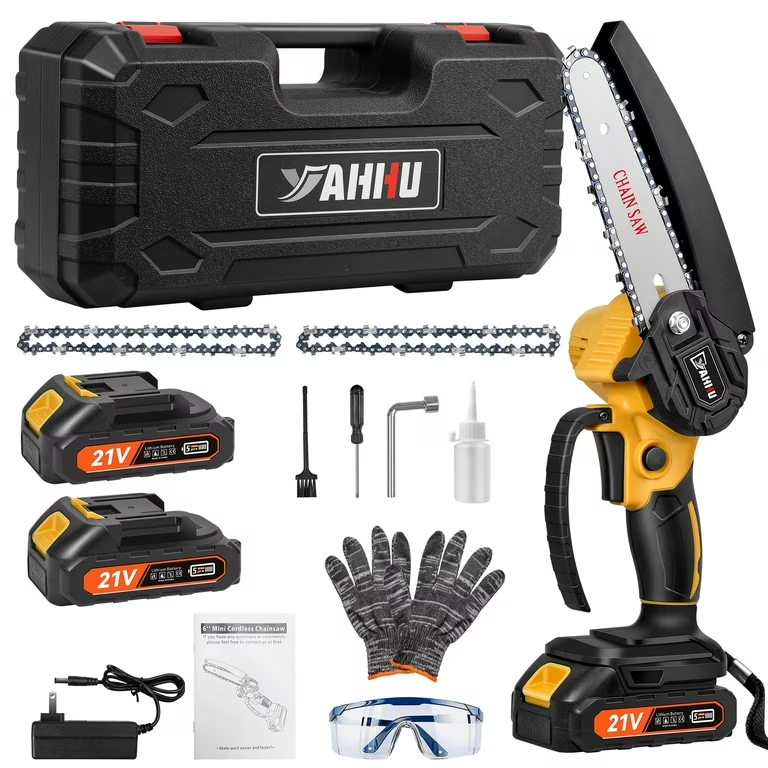
Historical Impact of the Chainsaw in Medicine
The chainsaw’s invention reshaped medical history. Used originally in childbirth, it transformed the way doctors handled complicated labors. The chainsaw’s initial role was to perform symphysiotomies more efficiently. But as medical advancements occurred, its use in medicine gave way to other methods.
Changes in Childbirth Practices
Chain saws facilitated a shift in childbirth practices. Before their invention, complicated labors posed great risks. The chainsaw enabled quicker and safer symphysiotomies, saving lives. As procedures like cesarean sections became safer, the need for chainsaws in childbirth declined.
Long-Term Medical Advancements Triggered by Chainsaw Usage
Beyond childbirth, chainsaws sparked long-term medical advancements. They inspired the creation of precise surgical tools. The principle of a mechanized cutting device led to more inventions, improving surgical techniques across various practices.
Transition to Forestry Applications
The transformation of the chainsaw from a medical device to a forestry tool is a tale of innovation. As medical processes improved, the need for the chainsaw in childbirth decreased. This led inventors to look for new applications for the technology. They found it in the logging industry, where the tool’s efficiency in cutting could be harnessed for timber operations. The design needed modifications to handle the robust demands of cutting wood, but the base concept remained.
Innovations and Patents Leading to Timber Cutting
Early logging chain saws came from medical device adaptations. Patents from the 19th and 20th centuries show a steady refinement of chainsaw technology. They were necessary for creating machines that could fell trees and process lumber. As patents emerged, the chainsaw’s design evolved to meet the unique demands of forestry work. Inventors aimed to make chainsaws larger, more powerful, and better suited to cutting through thick tree trunks.
Andreas Stihl’s Contribution and Modern Chainsaws
Andreas Stihl’s work in the 1920s revolutionized chainsaws. He is often hailed as the father of the modern chainsaw for his invention of the electric- and gas-powered versions. Though initially bulky and requiring multiple operators, his designs paved the way for future advancements. By the mid-20th century, chainsaws had become light enough for single-person use. Today, thanks to Stihl’s early efforts, chainsaws are indispensable tools in forestry, with diverse models tailored to various woodcutting needs.
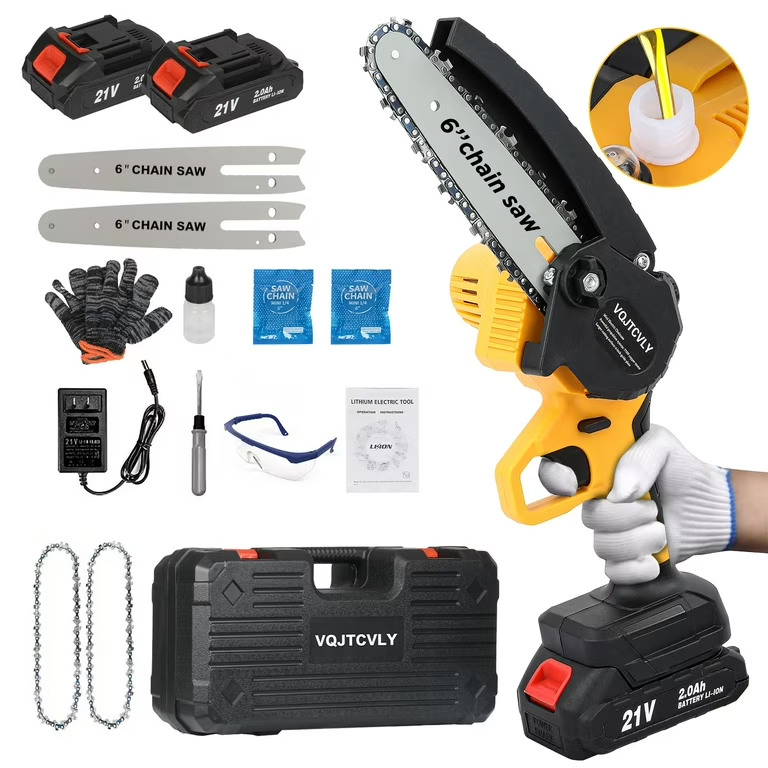
The Chainsaw in Modern Medicine
Despite its origins and eventual pivot to forestry, the chainsaw retains a niche role in medicine today. Certain specialized surgical procedures still benefit from the precision and control that original medical chainsaw designs offered.
Continued Use in Specialized Procedures
In modern medicine, the chain saw, particularly the technology derived from the Gigli saw, continues to demonstrate utility. Surgeons use these tools in intricate operations such as limb amputations or complex orthopedic surgeries. The fine control and minimal damage to surrounding tissues make these tools invaluable in cases where precision is paramount.
The design of surgical chainsaws has evolved, focusing more on enhancing safety and reducing tissue trauma. These tools now come with various attachments and finer blades, allowing surgeons to adapt the tool to different surgical needs.
Contributions to Other Medical Tools and Instruments
The legacy of the chainsaw in medicine extends beyond its direct use. Many modern surgical instruments have been inspired by mechanisms initially developed for chainsaws. For instance, some devices used in minimally invasive surgery borrow the concept of small, precise, motorized cutting tools from the chainsaw’s design.
Moreover, the principle of rapid, controlled motion to minimize patient trauma has informed the development of various medical devices. These include powered dermatomes used in skin graft procedures and certain types of endoscopic cutters.
The impact of chainsaw technology on medical instrumentation highlights a fascinating intersection where tools initially designed for the most drastic of measures have informed a broad range of medical advancements.
Cultural and Social Implications
The chainsaw’s route from medical rooms to timber yards has shaped culture and society. It has altered how we view medical tools and has seeped into popular media, sometimes fostering misconceptions.
Perception Shifts regarding Medical Tools
Understanding why chain saws were invented can challenge our perceptions of medical instruments. We learn how necessity drives innovation. Today’s medical tools may seem strange in the future, just as the medical chainsaw now seems odd.
Early chainsaws in medicine were vital. They showed tools must evolve with our knowledge and ethical standards. As birth techniques improved, the chainsaw’s role in medicine faded. Now, precision and safety guide medical tool design. This evolution reflects society’s growing focus on patient welfare and ethical medical practices.
The Influence on Popular Media and Misconceptions
Chainsaws have a dramatic role in media. Films and books often portray them as horror icons, detaching them from their life-saving origins. This shift has embedded a grim picture in public minds.
Movies like ‘The Texas Chainsaw Massacre’ peg these tools to violence. Such depictions ignore chainsaws’ medical past and their current use in surgery. Dramatized media stories have overshadowed the chainsaw’s actual purpose and history.
To summarize, early medical needs gave birth to the chainsaw. As methods changed, so did the tool’s role, leading to varied cultural depictions. This history teaches us about innovation’s power and society’s changing views on medical technology.
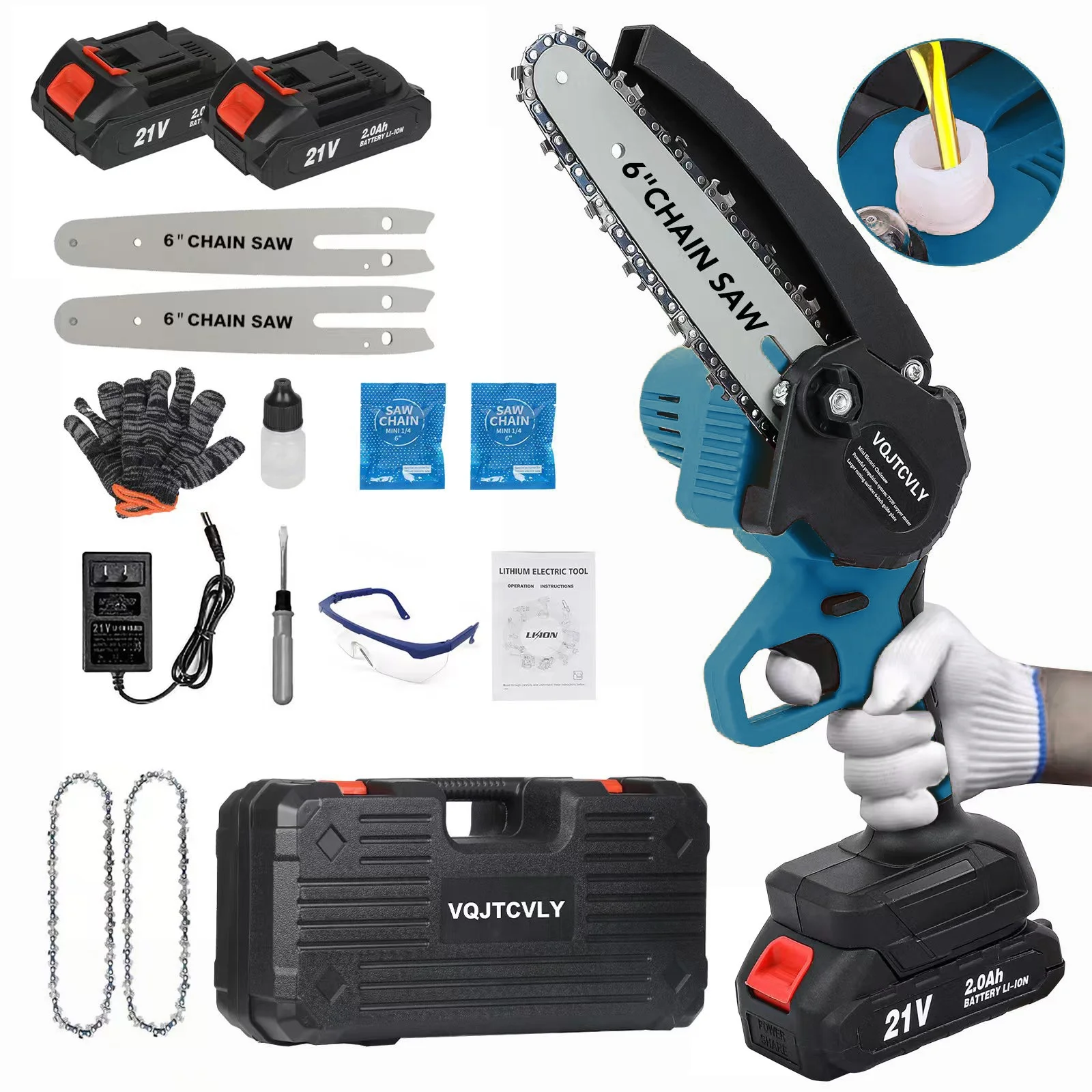
Conclusion
In conclusion, the invention of chain saws marked a significant advancement in both forestry and medicine, showcasing humanity’s ability to innovate tools that not only improve efficiency but also revolutionize entire industries. Originally conceived in the late 18th century for surgical procedures, the chainsaw transitioned into an indispensable tool for logging and land development, reflecting the dynamic needs and priorities of society.
Chainsaws drastically reduced the time and effort required to fell trees and manage forests, contributing to increased productivity in timber harvesting. This was particularly crucial as the demand for wood grew with industrialization and urbanization. Furthermore, today’s modern chainsaws are equipped with advanced safety features and ergonomic designs that enhance usability and worker safety, underscoring a broader commitment to responsible innovation.
Moreover, chainsaws have played a pivotal role in disaster response and land management, aiding in clearing debris after natural disasters and helping to maintain healthy ecosystems through controlled forestry practices. As we move towards a more sustainable future, the adaptability of chainsaws continues to be relevant, with ongoing advancements aimed at reducing emissions and improving efficiency.
In essence, chainsaws epitomize the intersection of necessity, ingenuity, and evolution, reminding us how tools can transform our capabilities while reflecting the ongoing dialogue between nature and technology. Their enduring legacy lies in their ability to meet both practical and environmental demands, clearly illustrating that innovation is vital, no matter the original intent.

